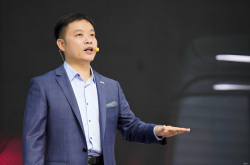He Xiaopeng “Unveils” New Car Strategies: Launching 7 Range-Extended Models Next Year to Seize Market Opportunities
![]() 11/18 2025
11/18 2025
![]() 502
502
On November 17, XPENG Motors released its financial results for the third quarter of 2025, with several key operating indicators reaching record highs. During the subsequent earnings call, Chairman and CEO He Xiaopeng disclosed an ambitious product roadmap for 2026: the company will introduce seven new dual-energy vehicle models next year, all equipped with “super range extension” technology. These models aim to address key pain points in the range-extended vehicle market by offering longer pure-electric driving ranges and faster 5C ultra-fast charging capabilities.
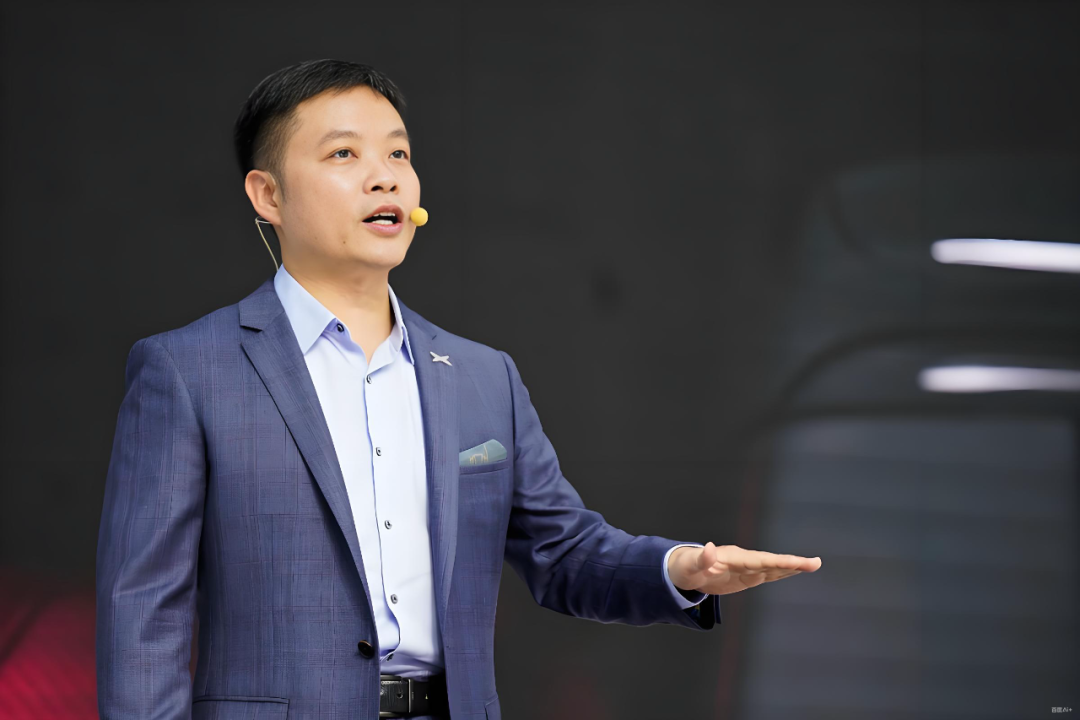
Simultaneously, XPENG plans to launch three new vehicle models tailored for overseas markets in 2026, initiate trial operations of three self-developed Robotaxi models, and achieve mass production of its humanoid robot, IRON. This series of strategic moves underscores XPENG’s ambition to transition from a smart electric vehicle company to a global “embodied intelligence” enterprise.
Comprehensive Financial Performance Breakthrough
XPENG Motors’ third-quarter performance in 2025 demonstrated all-around growth, with several key financial metrics exceeding market expectations. The financial report revealed that XPENG’s total revenue for the quarter reached RMB 20.38 billion, marking a 101.8% year-on-year increase and setting a new single-quarter record.
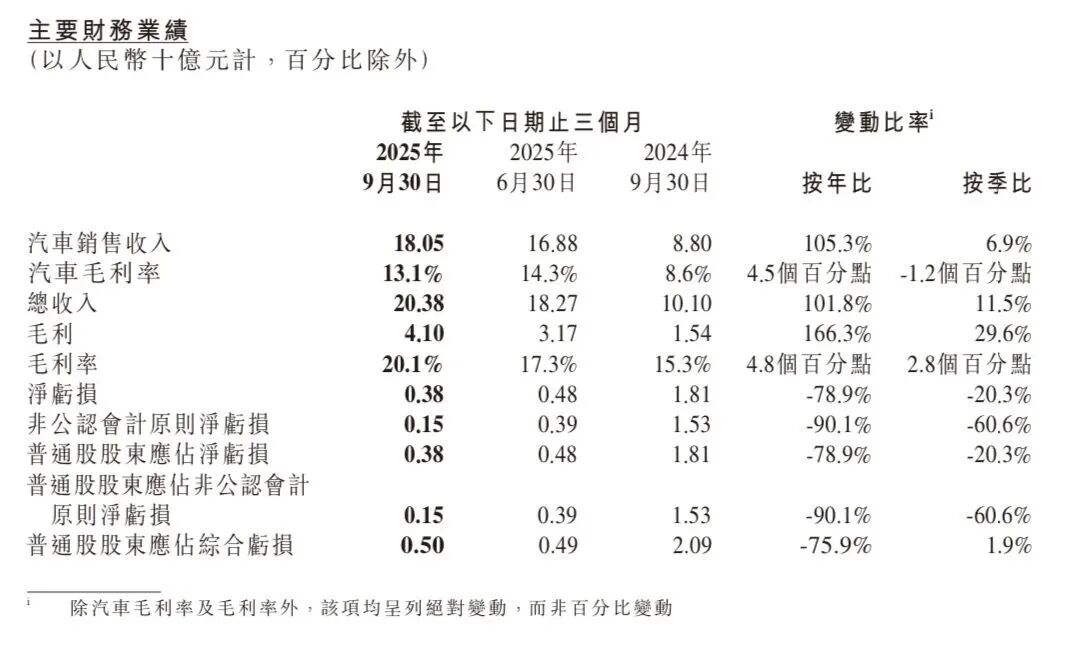
More notably, the company’s gross profit margin reached 20.1%, up 4.8 percentage points year-on-year, also setting a new record. The automotive gross profit margin stood at 13.1%, up 4.5 percentage points year-on-year. These figures reflect XPENG’s strong cost control capabilities and product pricing power.
Behind the improved profitability lies a sustained increase in delivery volumes. In the third quarter of 2025, XPENG Motors delivered a total of 116,007 smart electric vehicles, marking a 149.3% year-on-year increase and a 12.4% quarter-on-quarter increase, setting a new quarterly delivery record. This growth rate far exceeds the industry average, highlighting XPENG’s unique appeal in a fiercely competitive market.

As of September 30, 2025, XPENG Motors’ cash and cash equivalents, restricted cash, short-term investments, and time deposits reached RMB 48.33 billion, a new all-time high and a net increase of approximately RMB 760 million from the end of the first half of the year. This ample cash reserve provides XPENG with sufficient financial flexibility for future technological R&D and market expansion.
Dr. Brian Gu, Vice Chairman and President of XPENG Motors, stated, “With effective cost control and greater potential unlocked from technology R&D-related revenues, our company’s comprehensive gross profit margin exceeded 20% for the first time in the third quarter.”
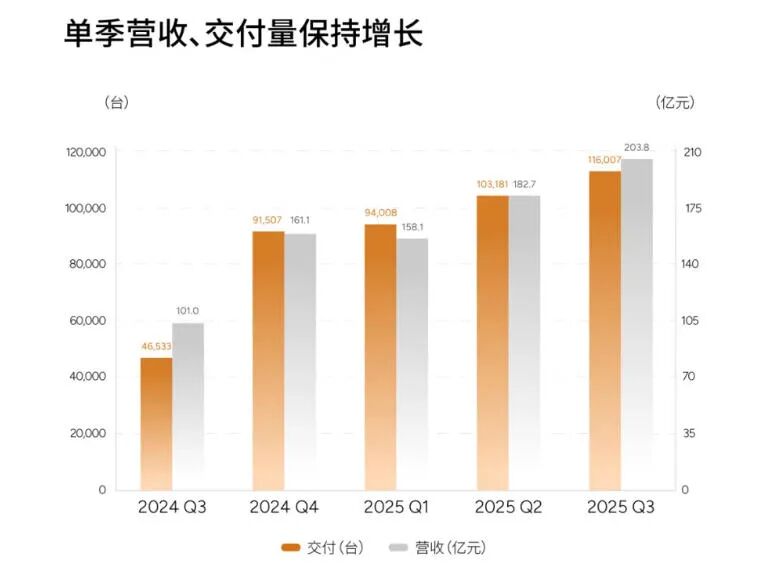
Looking ahead, XPENG Motors provided a positive outlook for the fourth quarter: deliveries are expected to reach 125,000 to 132,000 units, marking a 36.6% to 44.3% year-on-year increase; revenue is projected at RMB 21.5 billion to RMB 23 billion, representing a 33.5% to 42.8% year-on-year increase.
Comprehensive Product Offensive Unveiled
Building on a solid financial foundation, XPENG Motors has formulated its most aggressive product promotion plan to date. He Xiaopeng revealed during the earnings call that seven new dual-energy vehicle models with “super range extension” capabilities will be launched in 2026, significantly expanding XPENG’s market reach.
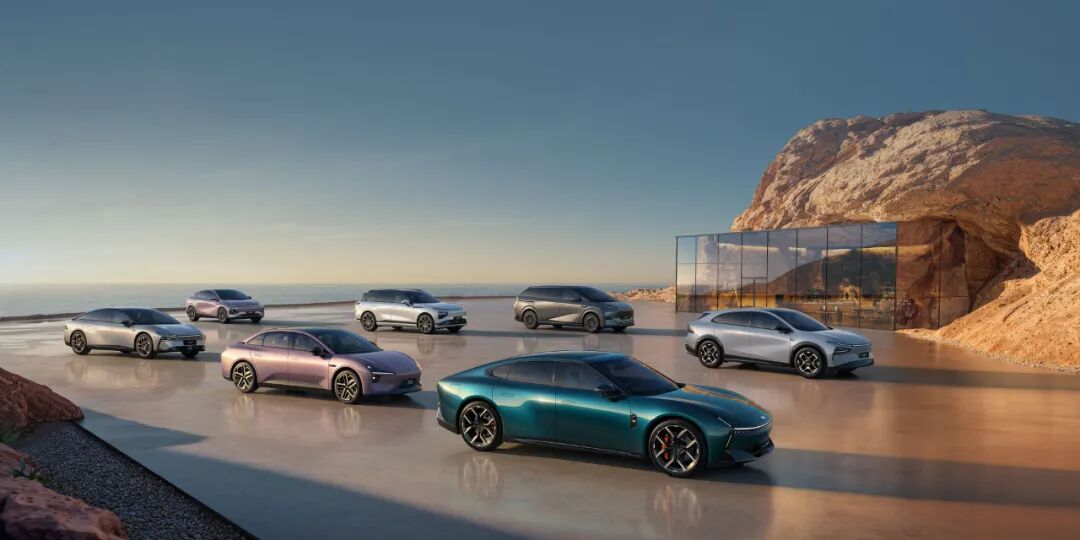
Phased Product Launches: XPENG plans to introduce three super electric range-extended products in the first quarter of 2026, addressing the core pain points of current range-extended models with “longer pure-electric driving ranges” and “faster 5C ultra-fast charging.” Subsequently, four new dual-energy vehicle models will be launched throughout 2026, including the company’s first product targeting key market segments.
The term “dual-energy” refers to a single model offering both pure-electric and range-extended powertrain options to meet the diverse needs of consumers. This product strategy not only enhances XPENG’s market share in the pure-electric segment but also attracts users concerned about charging convenience through range-extended models, thereby expanding market coverage.
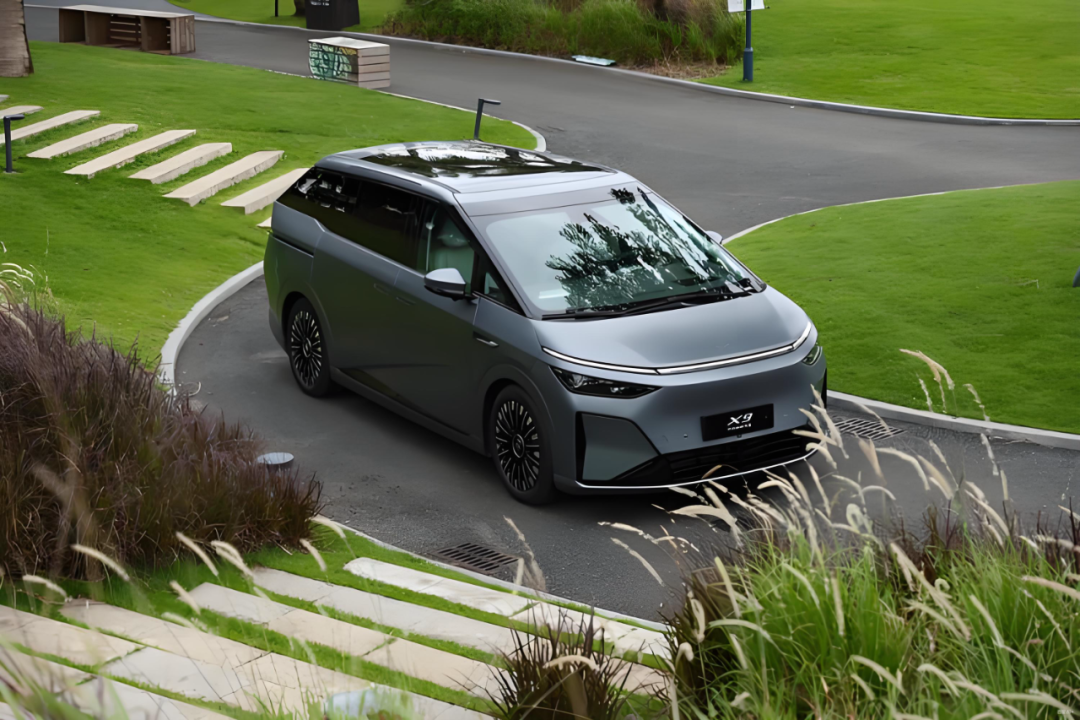
Overseas Market Expansion: XPENG plans to launch three new vehicle models for overseas markets in 2026, including mid-size and compact SUV models, to cater to the diverse purchasing needs of global consumers. This move signifies a further deepening of XPENG’s internationalization strategy, expanding from a few existing markets to a broader global footprint.
Accelerated Deployment in Robotaxi and Humanoid Robot Sectors
In addition to its traditional automotive business, XPENG Motors has made extensive strategic deployments in future-oriented technological innovations.
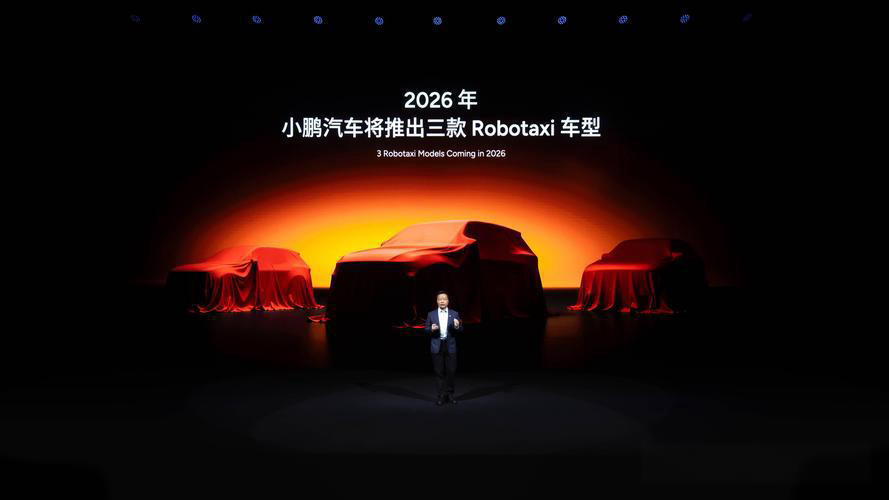
According to information disclosed during XPENG’s Technology Day, the company plans to launch three self-developed Robotaxi models and commence trial operations in 2026. These models will vary in price and seat configuration, offering 7-seat, 6-seat, and 5-seat versions.
XPENG Robotaxi is equipped with four Turing AI chips, delivering an effective computing power of up to 3000TOPS, designed for L4 autonomous driving. Key systems feature redundant designs with dual hardware backups, including computing power, steering, and perception. Meanwhile, XPENG has forged a deep collaboration with AutoNavi Maps, which becomes XPENG Robotaxi’s first global ecological partner.
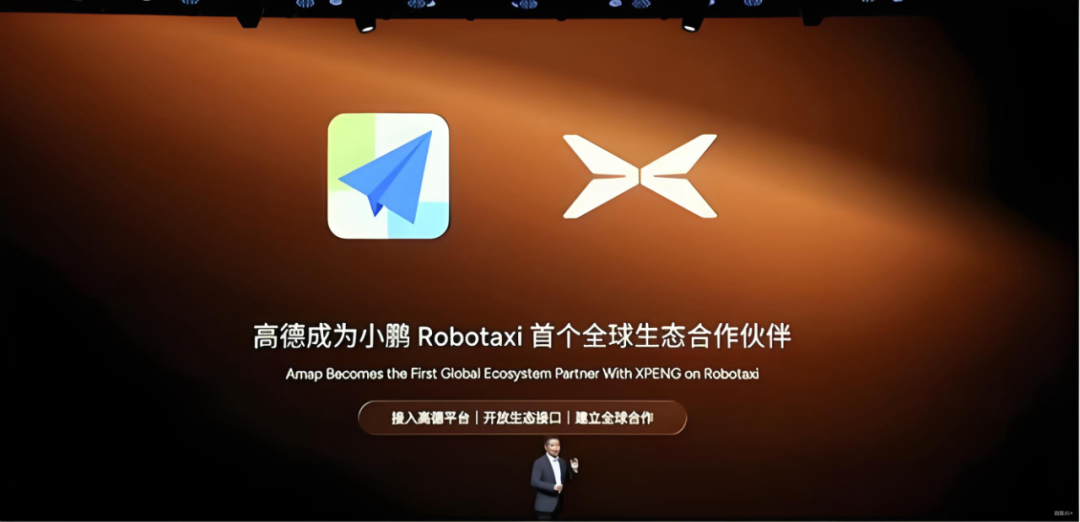
XPENG’s autonomous driving fleet will be integrated into AutoNavi’s ride-hailing platform, leveraging AutoNavi’s vast user base to provide traffic entry points for XPENG’s Robotaxi services.
Humanoid Robot Business: On November 5, XPENG unveiled its next-generation humanoid robot, IRON, and announced the goal of achieving mass production of advanced humanoid robots by the end of 2026.
The IRON robot features a highly human-like design with a bionic skeletal structure, including a flexible spine mimicking human anatomy, a bionic muscle system, and full-coverage flexible skin. Its appearance includes a 3D curved head display unit and high-precision dexterous hands with 22 degrees of freedom, enabling near-human hand movements.

IRON will be primarily deployed in commercial service scenarios, such as guided tours, shopping assistance, and inspections. Starting in 2026, the robot will initially serve as a product explainer and customer guide in XPENG’s own showrooms before gradually expanding to more offline locations.
He Xiaopeng previously stated, “Our sales volume and market share are in the early stages of rapid expansion. Robotaxi and humanoid robots are accelerating towards mass production goals. I firmly believe that XPENG Motors will become a global embodied intelligence company.”
However, XPENG Motors faces multiple challenges with its aggressive product and technology roadmap. After all, both Robotaxi and humanoid robots require substantial long-term investments, and their commercialization prospects remain uncertain.

Moreover, with competitors like BYD, Li Auto, and NIO intensifying their deployments in the range-extended market and intelligent technologies, XPENG Motors will face even fiercer market competition. Maintaining core competitiveness while fighting on multiple fronts poses a significant test of XPENG’s strategic execution capabilities.
Additionally, policy regulations, consumer habits, and competitive landscapes in overseas markets differ significantly from those in China. Whether XPENG’s three new overseas models can gain acceptance among local consumers remains to be seen in the market.
Conclusion:
He Xiaopeng once said, “Our sales volume and market share are in the early stages of rapid expansion. Robotaxi and humanoid robots are accelerating towards mass production goals. I firmly believe that XPENG Motors will become a global embodied intelligence company.”

From approaching annual sales of 500,000 units to accumulating nearly RMB 50 billion in cash reserves, XPENG Motors has built substantial strength to venture into broader markets.
In 2026, with the planned launches of seven dual-energy new vehicle models, three overseas models, three Robotaxi models, and the mass production of humanoid robots, if these strategic deployments are successfully implemented, XPENG Motors will transform from a smart electric vehicle company into a true “embodied intelligence” enterprise.




